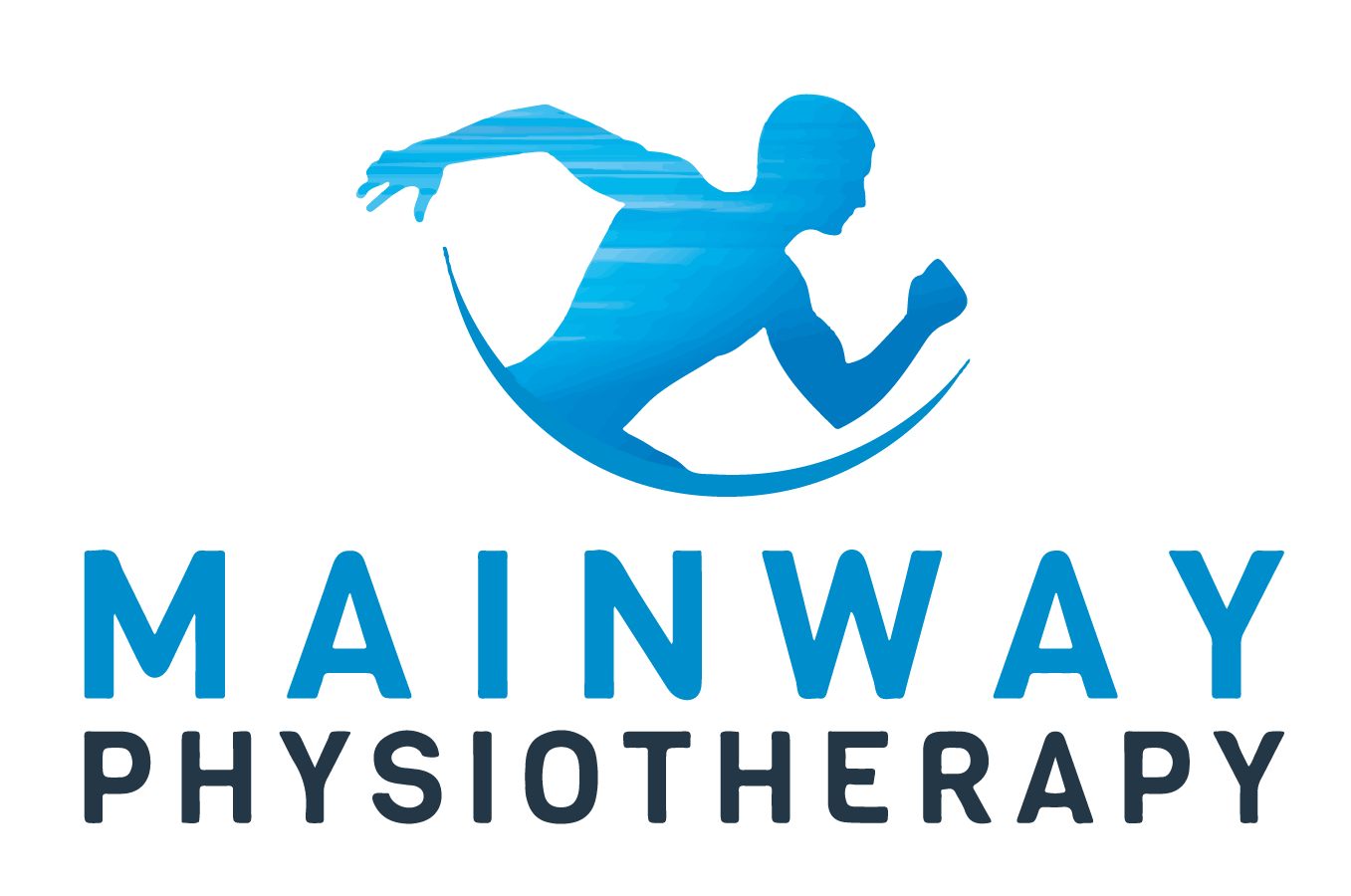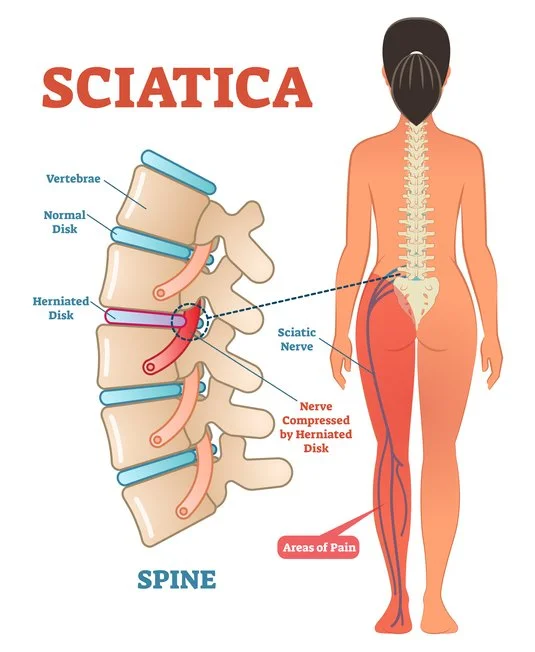Living with Sciatica: Understanding, Managing, and Finding Relief
A searing, burning sensation or pain that starts in your lower back and travels down your buttock and leg, feeling like a sharp electric shock, a dull ache, or a combination of both - this is how Sciatica might feel.
Often associated solely with pain, it's more than that, it's an unrelenting struggle that drains your energy and makes even the smallest tasks feel like monumental challenges. It makes your life a constant battle against discomfort, limitations, and emotional strain that can deeply affect your day-to-day life.
If you are suffering from Sciatica, you're not alone. Countless people grapple with it, those who endure persistent back pain are more likely to face sciatica. Factors like obesity, smoking, or leading a sedentary lifestyle also heighten the risk factor.
While the experience of sciatica can be challenging and debilitating, it's essential to recognize that there are methods to handle the pain and enhance your overall well-being.
Physiotherapist Alan Hewick describes what sciatica is and how it affects the spine.
Understanding Sciatica
The sciatic nerve is the largest nerve in the body that runs from the lower back, through the buttocks, and down each leg. When pressure is exerted on this nerve, it can lead to inflammation, resulting in pain, numbness, tingling sensations, or weakness in the affected leg. This discomfort can vary from mild to excruciating and might worsen with prolonged sitting, sneezing, or coughing.
Managing Sciatica
Living with sciatica is difficult, but there are several strategies that can help manage your symptoms and ease discomfort:
Exercising
Regular exercise, even low-impact activities like walking or swimming, can strengthen muscles and improve flexibility without worsening the pain. Exercises that strengthen core muscles, improve flexibility in the back and legs, and reduce pressure on the sciatic nerve can help ease the pain.
Stretching
Sciatic pain often comes from tightness in muscles around the sciatic nerve, like the lower back, buttocks, and hamstrings. Gentle stretching elongates and relaxes these muscles, easing nerve compression and reducing pain. Stretching exercises maintain flexibility in the hamstrings, glutes, and lower back muscles, reducing tension and pain.
Maintaining Good Posture
Good posture ensures proper spine alignment while sitting, standing, or lifting heavy objects, reducing stress on the sciatic nerve. Setting up an ergonomic workstation for long hours of sitting can prevent pain by promoting proper posture and reducing muscle strain.
Hot and Cold Therapy
Hot and cold therapy can alleviate sciatica symptoms. Ice reduces inflammation and numbs the area, providing temporary pain relief. Heat relaxes muscles, improves blood flow, reduces stiffness, and aids healing around the sciatic nerve, collectively reducing discomfort and promoting recovery.
Medication
For unbearable pain, over-the-counter pain relievers like ibuprofen and acetaminophen can provide temporary relief from pain and inflammation. Sometimes, prescription medications such as muscle relaxants or corticosteroids may be necessary. If you have decided to try medication, it is imperative to discuss your options with a qualified healthcare provider.
Physiotherapy
Physiotherapy is crucial in managing sciatica pain and promoting recovery. It offers non-invasive techniques to address sciatica's underlying causes, reduce pain, and improve function. Manual therapy techniques like spinal mobilization and manipulation can gently realign the spine, alleviating pressure on the sciatic nerve.
Find Relief at Mainway Physiotherapy
At Mainway Physiotherapy, we prioritize patient well-being and offer comprehensive care to individuals with sciatica. Our experienced physiotherapists conduct thorough assessments to understand each patient's unique condition and develop tailored treatment plans.
Through a combination of hands-on techniques, specialized exercises, and ergonomic advice, our goal is to alleviate pain, improve mobility, and enhance the overall quality of life for individuals with sciatica.
Don't let sciatica hinder your daily life. Contact us for professional guidance and personalized treatment plans including manual therapy, targeted exercises, and education to improve posture and alleviate symptoms.




